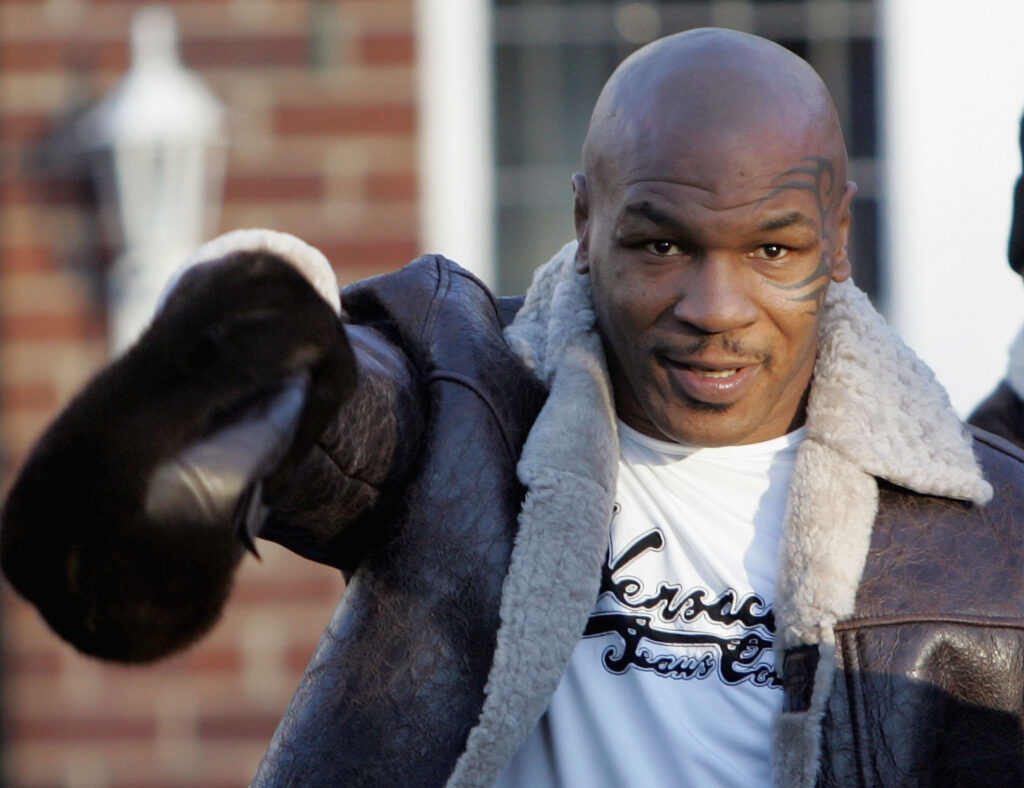By Dale Hunter | California Black Media
Edgar G. Dymally is a senior environmental specialist with the Metropolitan Water District of Southern California, a water wholesaler that delivers water to 26 member agencies that serve 19 million people across Southern California.
Prior to starting with Metropolitan in 1992, Dymally was a staff engineer with the state’s Office of Drinking Water. He is chairman of the Water Quality Committee of the Association of California Water Agencies, and an active member of the American Society of Civil Engineers, the American Water Works Association, and TreePeople.
Dymally earned a bachelor’s degree in civil engineering from Long Beach State University, and he is the nephew of former California Lt. Gov. and Congressman Mervyn Dymally.
I spoke with him about his role at the Metropolitan Water District, the safety of our water supply during the COVID-19 pandemic, careers in the state water industry and more.
What is your role at Metropolitan Water District of Southern California?
There is an extraordinary number of state and federal regulations to ensure the safety of our drinking water. My job for the past 25 years has been tracking and evaluating the impacts of these regulations on Metropolitan and other water utilities, providing input to regulatory agencies and lawmakers, and coordinating with staff to ensure compliance. Above all, my job, along with many others in the industry, is to protect public health.
Should people trust that their tap water is safe to drink?
Drinking water faces more regulations and safeguards than virtually any other resource, whether it’s air, water, soil, or food of any type. Probably the shining example of public health protection in our country has been the regulation of drinking water over the past 50 years. Our drinking water is safe.
What sometimes frustrates water professionals is even with all the regulations and drinking water standards, even though billions of dollars have been invested to upgrade treatment facilities and protect source water quality, even though drinking water has never been safer, some people still don’t drink it.
I recommend people drink plenty of water, and tap water provides the best value for every consumer.
Has the COVID-19 pandemic affected drinking water?
No. The virus that causes COVID-19 does not present a threat to the safety of treated drinking water. Water treatment plants, including Metropolitan’s, use a multi-step process of filters and disinfectants to remove or kill bacteria and viruses, including the virus that causes COVID-19. Water agencies throughout the state are working hard to educate residents that their drinking water is not affected by the pandemic.
Why is it important for residents to know which agency provides their drinking water?
Your local water provider – who you or your landlord pays the water bill to – is the best source to speak to about your drinking water quality. They can tell you the steps to keep your water safe and address any concerns you have. If there is a problem, they are responsible for fixing it.
To better understand the source and quality of your water, you should talk to your water provider or review their annual Water Quality Report. Water agencies are required to regularly monitor and test for a host of chemical contaminants. If they discover a contaminant above the level set by the state, they are required to disclose it in their Water Quality Report and address the contaminant. For example, you may have heard recently about perchlorate or one of the PFAS chemicals, which are now being monitored.
Your water provider can also tell you about incentives or product rebates to help you use water more efficiently. With the challenges of climate change facing our water supplies, we all need to do our part to use water as efficiently as possible. Your water agency is your partner in that effort.
How did you get your start in the water industry?
It was total serendipity. I had just finished my undergraduate degree in civil engineering at Long Beach State. My plan was to go into the Navy, but I didn’t qualify medically. So, I was on campus with no job and I ran into the dean of student services. He told about an entry position with the state’s drinking water program. I took the job for the summer, loved it, and never looked back.
What advice would you give to someone considering a career in the water industry?
Explore all the different kinds of opportunities. You could go into academia, the private sector or work for a non-profit or non-government organization. You could do something in agriculture or wastewater. There are so many different facets to water. If you’re fortunate like me and get to work for an agency like Metropolitan, you would never regret it. But there are many other opportunities as well.
About the Author
Dale Hunter is Executive Director of the California African American Water Education Foundation (CAAWEF). It is a nonprofit water education organization focused on the African American community in California. Formed in 2019, CAAWEF is based in Sacramento.
The information in this article is brought to you in partnership with the Association of California Water Agencies (ACWA), a non-profit statewide association of public water agencies whose more than 450 members are responsible for about 90 % of the water deliveries in California.
 Westside Story Newspaper – Online The News of The Empire – Sharing the Quest for Excellence
Westside Story Newspaper – Online The News of The Empire – Sharing the Quest for Excellence
